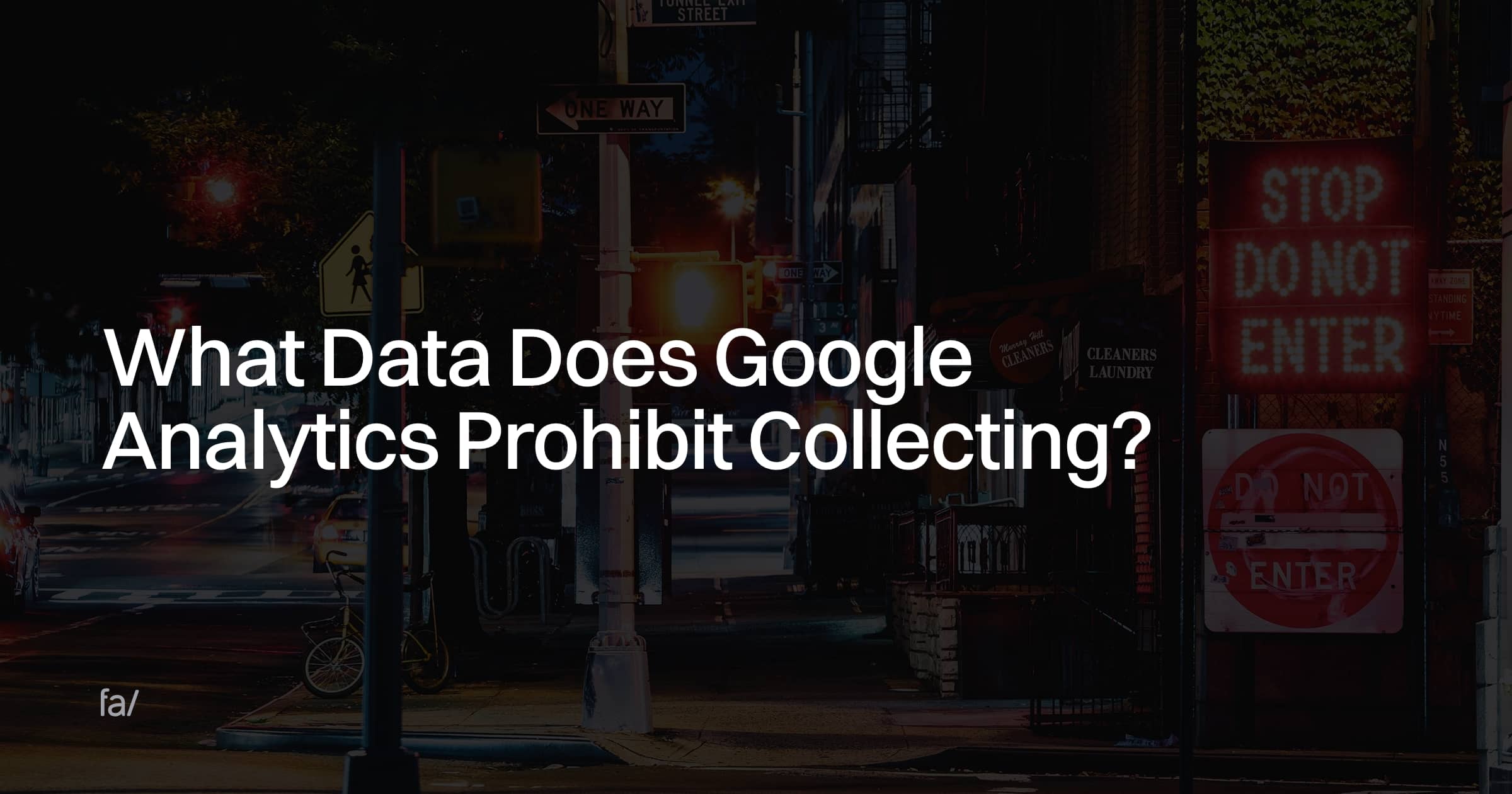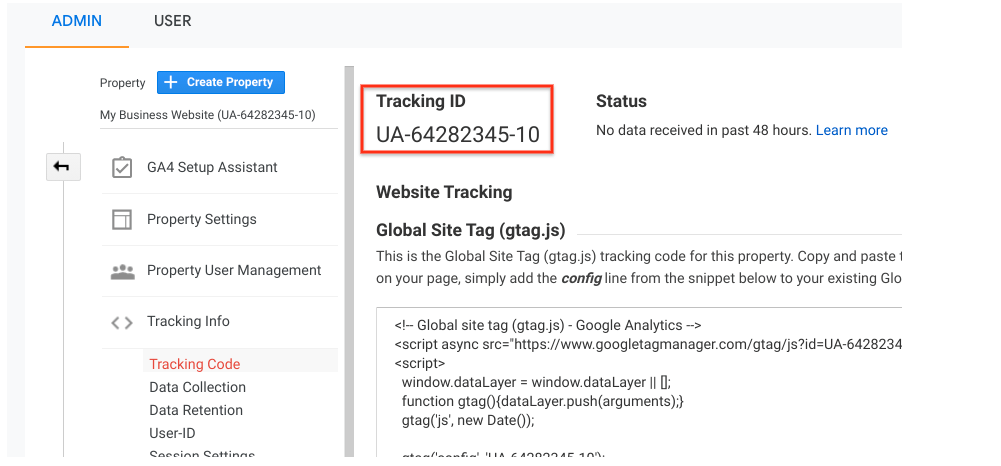Grasping the Art of Conquering Data Collection Limitations in Google Analytics for Better Decision-Making
In the world of electronic analytics, the capacity to remove meaningful insights from data is extremely important for notified decision-making. By using critical strategies and advanced techniques, organizations can boost their data top quality, unlock concealed understandings, and lead the way for more informed and reliable choices.
Data Quality Evaluation
Assessing the top quality of information within Google Analytics is an important action in guaranteeing the integrity and accuracy of insights originated from the collected information. Data top quality evaluation entails assessing numerous elements such as accuracy, completeness, consistency, and timeliness of the information. One crucial facet to take into consideration is data precision, which describes exactly how well the information shows truth values of the metrics being determined. Incorrect information can bring about damaged final thoughts and illinformed service decisions.
Efficiency of data is one more critical aspect in examining information quality. It includes guaranteeing that all essential information factors are accumulated which there are no voids in the info. Insufficient data can skew analysis outcomes and prevent the ability to get an extensive view of user habits or internet site performance. Uniformity checks are also important in information top quality evaluation to identify any kind of disparities or anomalies within the information set. Timeliness is similarly crucial, as outdated information might no more be relevant for decision-making processes. By focusing on data quality evaluation in Google Analytics, services can enhance the integrity of their analytics reports and make more informed decisions based on precise understandings.
Advanced Monitoring Strategies
Making use of advanced tracking methods in Google Analytics can significantly improve the depth and granularity of data collected for more thorough evaluation and understandings. One such method is occasion monitoring, which enables the monitoring of specific communications on a web site, like clicks on buttons, downloads of files, or video clip sights. By implementing event tracking, companies can get a deeper understanding of individual habits and involvement with their online material.
Furthermore, customized measurements and metrics offer a way to customize Google Analytics to specific company requirements. Custom-made dimensions permit for the production of brand-new data points, such as individual functions or consumer segments, while customized metrics make it possible for the tracking of unique performance signs, like revenue per customer or ordinary order value.
In addition, the application of Google Tag Supervisor can improve the application of monitoring codes and tags throughout a web site, making it easier to take care of and deploy sophisticated tracking arrangements. By utilizing these advanced monitoring methods, businesses can open useful insights and enhance their online techniques for better decision-making.
Customized Measurement Execution
To enhance the deepness of information collected in Google Analytics past innovative tracking techniques like official site event monitoring, organizations can implement personalized dimensions for even more tailored understandings. Personalized dimensions allow businesses to define and collect particular data points that relate to their one-of-a-kind objectives and objectives (What Data Does Google Analytics Prohibit Collecting?). By appointing custom-made measurements to different elements on an internet site, such as user communications, demographics, or session information, businesses can obtain a more granular understanding of exactly how customers involve with their online buildings
Attribution Modeling Techniques
Reliable acknowledgment modeling is essential for understanding the effect of various advertising and marketing channels on conversion courses. By employing the right attribution model, services can properly associate conversions to the suitable touchpoints along the customer trip. One common attribution version is the Last Communication design, which gives debt for a conversion to the last touchpoint an individual communicated with before converting. While this model is straightforward and very this website easy to carry out, it commonly oversimplifies the customer journey, disregarding the impact of other touchpoints that added to the conversion.

Information Tasting Avoidance
When dealing with large quantities of information in Google Analytics, conquering information sampling is vital to make certain accurate understandings are derived for informed decision-making. Information tasting takes place when Google Analytics approximates patterns in information rather than analyzing the full dataset, potentially leading to manipulated find this results. By taking these positive steps to lessen data sampling, services can remove extra exact insights from Google Analytics, leading to much better decision-making and improved total efficiency.
Final Thought
To conclude, understanding the art of getting over information collection limitations in Google Analytics is crucial for making educated choices. By performing a detailed data high quality analysis, applying innovative tracking techniques, using custom-made dimensions, using acknowledgment modeling strategies, and preventing information sampling, businesses can make certain that they have trustworthy and precise information to base their decisions on. This will inevitably result in extra reliable strategies and far better results for the organization.
